Description
EPA Crossfire Concentrate 1021-2776
EPA Bedlam 1021-2569
How To Get Rid Of Bed Bugs
Step #1 – Identify
Identification is key to any successful pest control program. When dealing with bed bugs, think of yourself as Inspector Gadget (for all you 80’s kids out there). Your eyes being your #1 gadget. Bed bug bites may not be your only sign of a bed bug infestation. Here are some other signs of a bed bug infestation:
- Blood Spatter or Smears – Bed bugs are feasting on their host through-out the night which can leave blood markings on your sheets and mattress.
- Bed Bug Feces – Bed bug feces can be found by looking at the creases along the mattresses and box springs, headboards and footboards. In some more extreme cases can be found in drawers, outlets, baseboards and picture frames.
- Bed Bug Casings – Bed bug casings are the shells of the bed bugs that have been left behind after they have molted. Like bed bug feces, casings can be found by looking at the creases along the mattresses and box springs, headboards and footboards. In some more extreme cases can be found in drawers, outlets, baseboards and picture frames.
*Remember, bed bugs can easily hitch a ride and travel from room to room on you. So, you will definitely want to inspect all rooms to make sure you do a thorough treatment.
Step #2 – Bed Bug Treatment
Remember these words, thorough, thorough, thorough! You can purchase the best bed bug chemical out there, but if you do not do a thorough treatment you will not solve your bed bug infestation, you will still have bed bugs. See how to do a bed bug inspection on our video tutorials page.
Bed Bug Aerosol Or Bed Bug Concentrate?
Identifying the severity of your bed bug infestation will determine whether you want to purchase a bed bug aerosol or concentrate. If you are looking to treat a smaller area, you might want to consider a bed bug aerosol like Crossfire Aerosol but if you are looking to treat larger areas then it may be more cost effective to use a concentrate like Crossfire Concentrate, that can be diluted in water and applied with a pesticide grade sprayer.
Areas To Treat:
- Mattress/Box Spring Seams
- Headboards/Footboards
- Screw Holes
- Furniture Joints
- Bed Posts
- Picture Frames
- Baseboards
- Drawers
- Outlets (Dust Only! Never Spray Aerosols or Concentrates In Outlets)
- Cushions
By now you are probably “picking up what we are putting down”. Bed bug treatment needs to be thorough! Bed bugs can be anywhere!
Insecticide Dusts:
Using an insecticide dust can be a vital weapon in treating for bed bugs. Chemical dusts like Cimexa Dust or Delta Dust can be used where aerosols and concentrates can’t. For example, chemical dusts can be used in electrical outlets or applied to paintings. When using chemical dusts it is always a good idea to apply the dust with a duster that way you won’t over apply the dust and none will be wasted. A little goes a long way.
*Pro Tip – Place a penny in the duster. This will agitate the dust, helping the dust to float. Apply the dust in small, light puffs.
Once you have completed your first treatment, will need to repeat this same procedure in 7 days to allow for any newly hatched eggs. Again, if you have a higher severity of bed bugs, you may want to do a 3rd treatment 7 days from the previous treatment.
Final Thoughts:
Bed bug treatments take time and effort but you can do it! Being proactive to avoid getting bed bugs is a lot easier.
- If you like to go to yard or garage sales, make sure you do a thorough inspection before bringing unknown items into your home.
- Treat your luggage with Crossfire or Bedlam to avoid unwanted passengers.
- Never put your luggage on the hotel bed, use the luggage rack.
- Use a protective mattress and box spring cover.
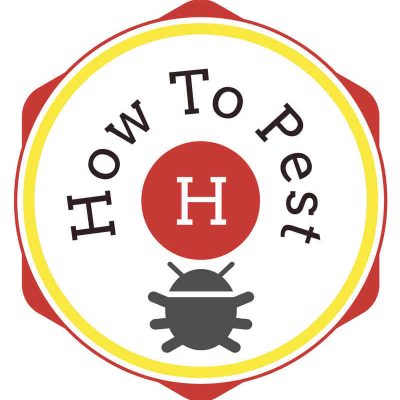



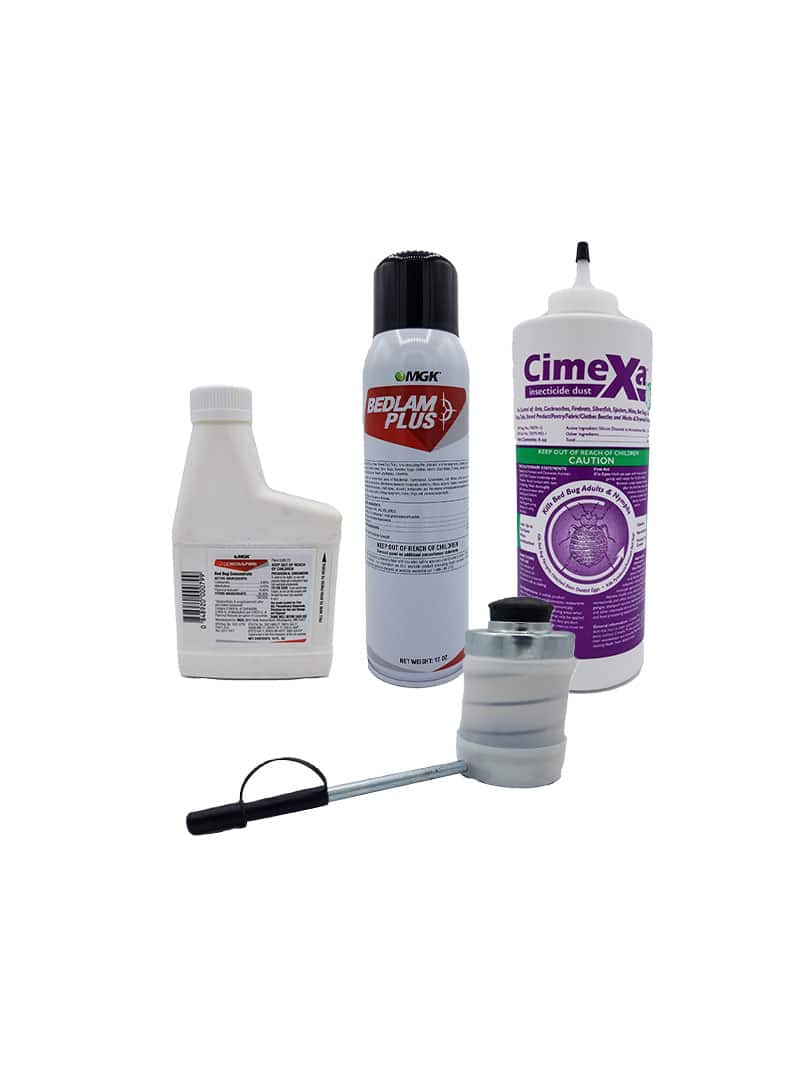
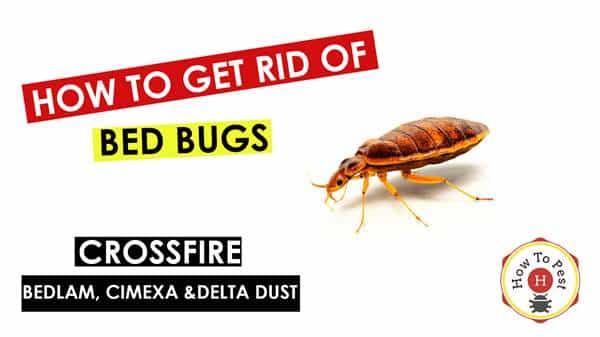




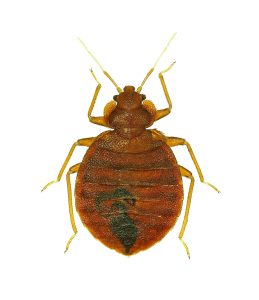
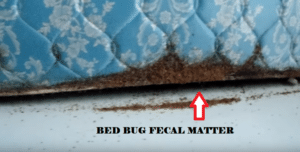
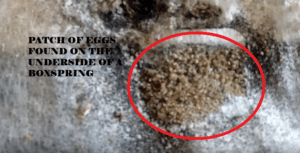



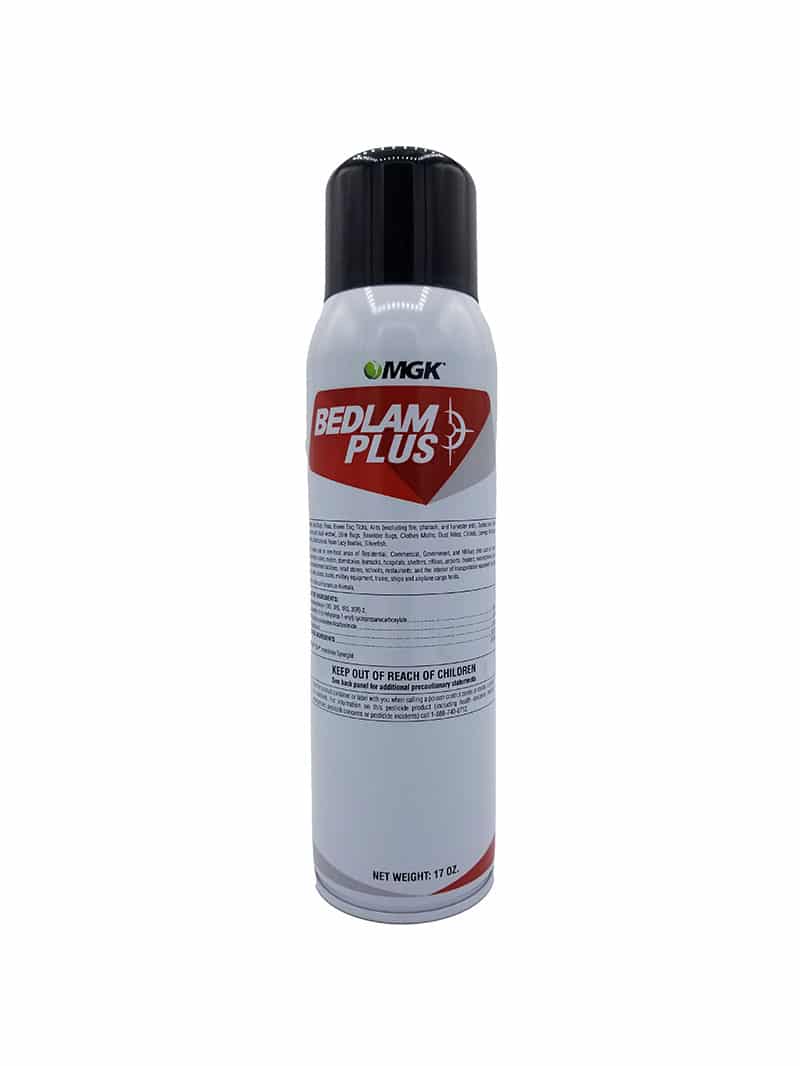
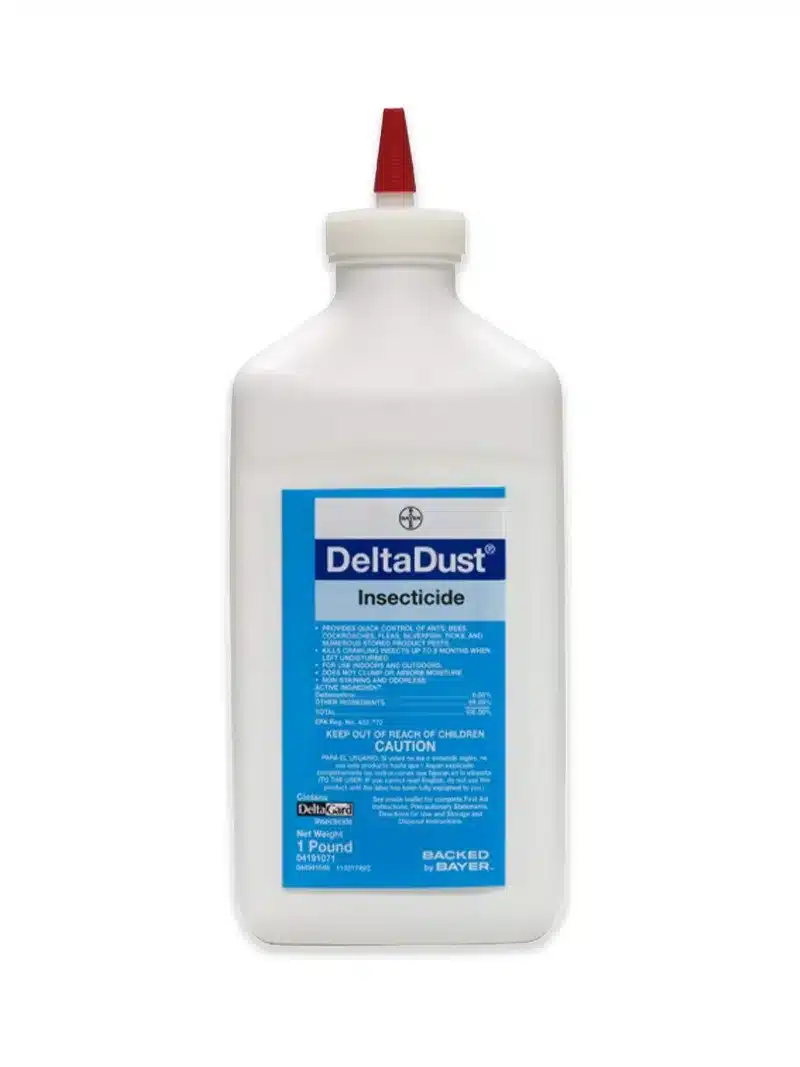
Eugene (verified owner) –
So far so good. It’s killing the bed bugs.